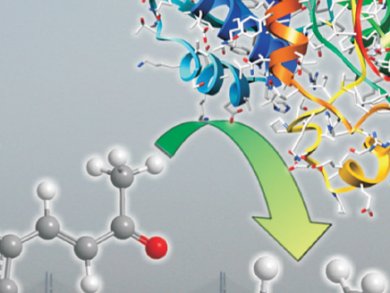Enzymes are capable of accelerating reactions under conditions that most synthetic chemists can only dream of. Industrial processes require high temperatures and pressures – even a slight reduction in these would represent huge savings in costs and energy. Emulating nature or harnessing the catalytic power of enzymes could be a way to introduce milder conditions to a laboratory or industrial scale.
Methods that mimic enzymes are emerging in synthetic chemistry, for example, utilizing cooperative interactions between accurately positioned functional groups present in active sites. The concept of ‘site isolation’ or ‘compartmentalization’ has also been adopted from nature and through this, incompatible sites are spatially separated, which avoids undesired interactions. This has led to immobilization of mutually destructive catalysts for multistep cascade reactions which reduce the energy and material required for the work up of individual steps.
These are just some of the examples in which the combination of chemocatalysis and biocatalysis in multistep organic synthetic processes is of high interest. This growing interest is reflected in the current issue of ChemCatChem, a Cluster Issue on some of the recent developments in chemoenzymatic synthesis.
- Browse issue now >>>
ChemCatChem 2011, 2.



